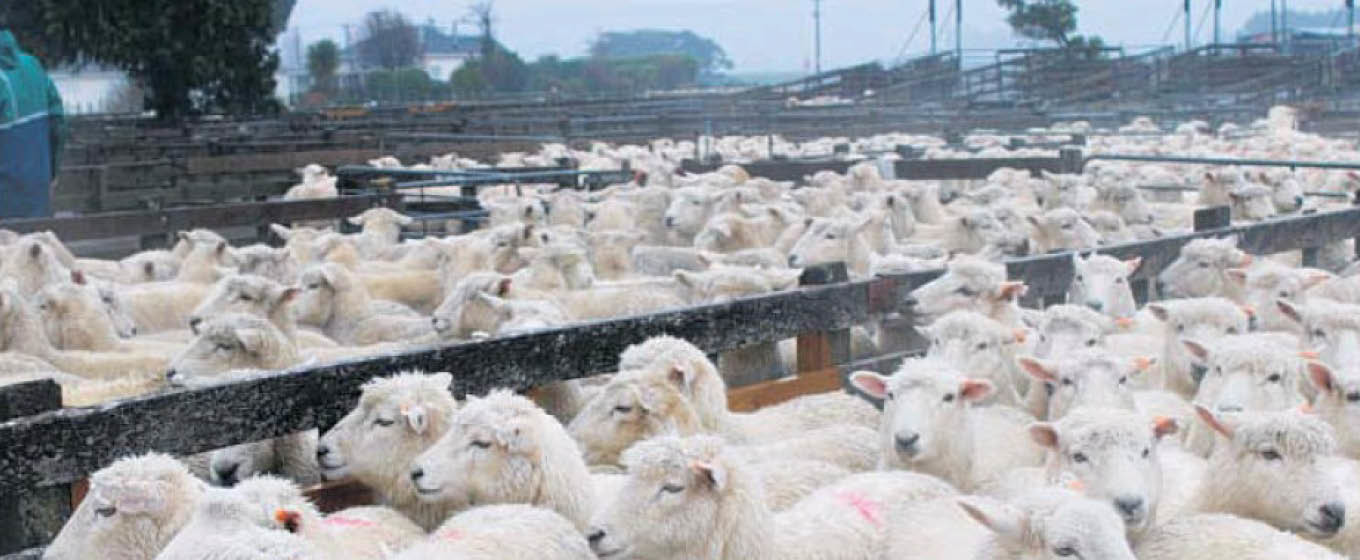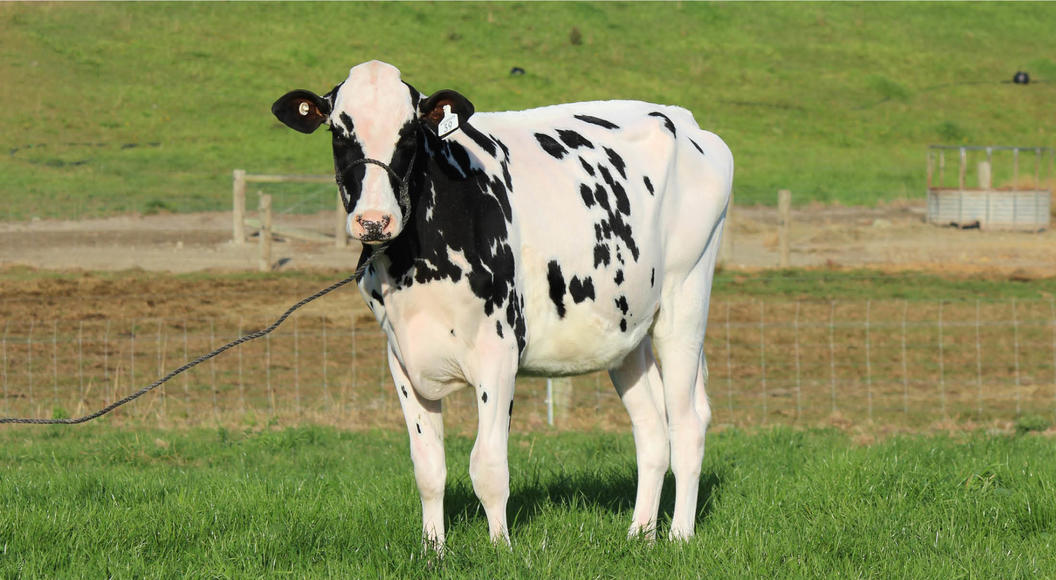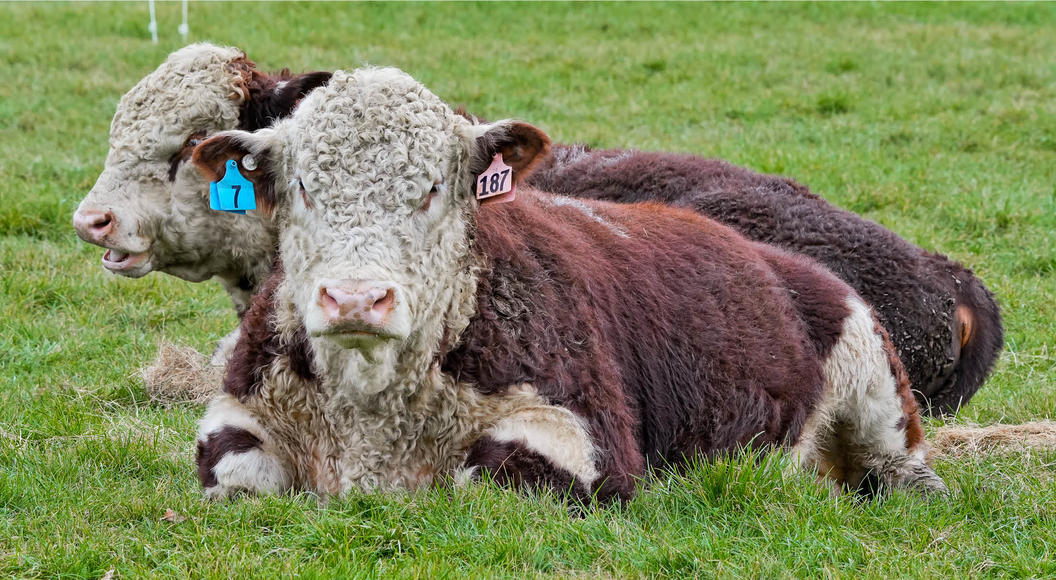
Ewe sale reflects confidence in sheep
Returns at record levels despite lack of rain.
The effects of drying feed became clear during November and December at Stortford Lodge. However, the first ewe fair of the season on December 13 was a strong indication of the present confidence in the sheep industry.
The big yarding of more than 8000 ewes were mostly in outstanding condition, a reflection of the kind winter and good spring in Hawke’s Bay.
Top price was $297 paid for twotooth romneys from Atua Station, Elsthorpe. Last year’s top price for the same sheep from the same vendor was $230.50. Some older ewes were harder to sell and shorn ewes attracted a premium because buyers did not want the cost of shearing them.
PGG Wrightson livestock manager Neil Common said the same price levels were expected in the two January ewe fairs. He said they needed to be high to be worth more than works price.
In the weekly sales the most noticeable result of the continuing dry was in the price of store lambs which came down with something of a bang from the early-season sales.
Good short-term male lambs made up to $130 but longer term lambs were harder to sell in yardings that grew in size as the year went on.
Outside buyers and Hawke’s Bay finishers with crops kept the market steady if down on the early sales of $160 and more.
Common said many lambs had been sold as stores which would normally have been finished. This could lead to a shortage of prime lambs later in the season despite good lambing percentages.
He was expecting January and February lamb sales to be quieter as farmers had sold all they needed to and were focused on finishing lambs.
Common said he feared not enough farmers were breeding lambs, preferring to finish them instead. The decline in ewe numbers would be hastened as more breeding farms were sold for pine trees.
Back at the saleyards prime lamb prices held up during November without the expected Christmas market lift because prices were already high enough. As the supply of hoggets ran out and new-season lambs arrived prices eased but still produced good returns. During November heavy male hoggets made up to $200 but that price dropped with the best new-season lambs making $175 at the last sale of the year.
Those prices are expected to improve in the new year as the lambs grow.
The biggest price movement was in prime ewes. They eased during November but dropped in December. Common said an annual bottleneck meant a severe lack of processing space as lambs were weaned and ewe flocks culled.
In the cattle rostrum good numbers came forward for every sale. Common described November’s prices as incredible. Heavy angus steers regularly cracked the $3/kg mark in the prime sales. The good feed levels of spring were reflected in the quality of the offerings, prime and store.
Buyers from outside Hawke’s Bay were active in the store sales as despite the lack of rain there is still plenty of rougher cattle feed on hand.
Prime prices eased toward the end of the year but, Common said, there were still good margins to be made on cattle bought as stores as long as finishers could get them up to around the 600kg mark.
Looking ahead Common said the market outlook was still strong across the board. Most ewe meat goes to China which is short of protein since the outbreak of African swine fever across Asia.
Drought in Australia was helping to keep beef prices up so despite the lack of rain farmers were still feeling good, he said.
“Export returns are at record levels and demand is still solid. People can buy stock with confidence despite the big outlay needed.
“Prices should hold as summer meat schedules look steady."
Article courtesy of NZ Herald


